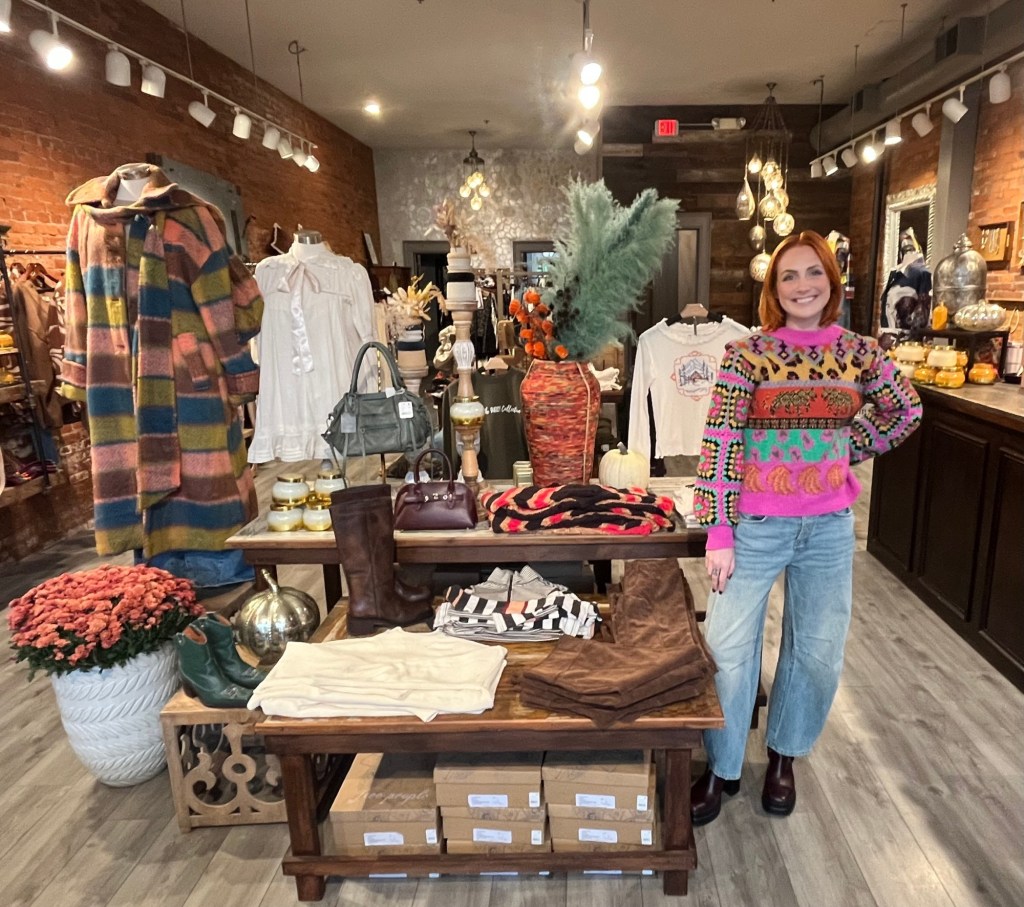
As the holiday shopping season approaches, some smaller retailers could find themselves attracting new customers who turn away from big-box stores facing mounting tariff pressures.
Burt Flickinger III, managing director of Strategic Resource Group, a New York-based retail and consumer goods consulting firm, cited a Bloomberg report that tariff issues are slowing things down because manufacturers and shippers are eating about 50% of the tariffs and the retailers are eating the rest.
“Because of the cross-world traffic on the tariffs, inventory levels are low because people didn’t preorder enough before the tariffs went into effect in the first half of this year,” he said. “We have low inventory, and we have the highest prices in history in all 12 monthly consumer expenditure areas for the first time in 70 years.”
Flickinger believes the current economic landscape sets up well for small shops to flourish.
“The local merchants should have the biggest retail renaissance they’ve had since before COVID because everything is locally sourced, the inventory and replenishment levels are high, the quality is the highest compared to mass-manufactured goods, and the prices will be far more competitive than products imported from central Asia, China, southeast Asia, Vietnam and Cambodia,” he said. “This should be a bonanza for the independents.”
Flickinger added about 30,000 chain stores filed for bankruptcy this year — up from about 5,000 to 7,000 during a typical year — opening the door for mom-and-pop shops.
“With all the chain stores closing, it’s a great opportunity to convert consumers on a much more regular basis when they’re shopping for gifts for the holidays, for family events, and for friends and colleagues, and to make the local merchants the first stop on the list rather than last,” he said.
Flickinger noted many customers crave products with individuality and character found in independently owned stores.
“People don’t want mass-produced products from overseas, they want to support local businesses,” he said. “You’re buying and giving a gift that really stands out in terms of quality, styling, color, fit and functionality. And it’s not the sales tax that supports the local public schools, it’s the retail shopping center taxes, so by supporting the local merchants, shoppers are also supporting local schools to keep the key programs and activities from being canceled and teachers from being laid off. It’s a win for education, it’s a win for the economy, and it’s a win for Main Street across America. It’s a leading indicator that the chains have gone too far in terms of not catering and sourcing locally and the local merchants will have the highest quality that lasts.”
The desire to help people from their own communities also plays into consumers’ shopping habits, Flickinger said.
“The person who is running the shop, or making the local products, is the same person who is coaching the youth teams, running the theater pro bono, or volunteering at the library,” he said. “And people know that locally the service is superb and they care about the customer.”
Kelliann Carey, owner of the Daisy Collective, a women’s clothing boutique on Penn Avenue in downtown Scranton, hasn’t felt much impact from tariffs and expressed optimism for strong sales throughout the holidays.
“I was terrified in the spring and summer, and nervous that it was going to be slower this year, and it hasn’t been at all,” she said. “I had to up my buying this month for December because I was being conservative, and no one has been spending conservatively.”
Carey sources the majority of her clothing from Philadelphia-based Free People, which has mostly isolated her from the brunt of tariffs.
“From one of my biggest brands, I think there were only two items that went up in price because of tariffs, and it was about $20,” she said. “I only had one brand that I get from Denmark where I had to pay really big duties and fees. They’re a really small company so it didn’t make sense for them to eat that cost. I couldn’t order from them again because I can’t eat that either, but that was the only time, and they tell you before you check out so if I see that at the end I have to figure something else out and find another brand.
“I pick and choose — there are some brands of purses and accessories that I like to sprinkle in who I won’t order from because there is a $300 charge at the end. It’s definitely there, but I’m lucky none of my brands have done that.”
As prices increase across the board, Carey hopes shoppers turn to local shops instead of online retailers.
“I know, personally from shopping, that a lot of the websites I go on have duties and fees added at the end,” she said. “You don’t have to worry about shipping when you’re shopping here. It cuts that whole thing out.”



